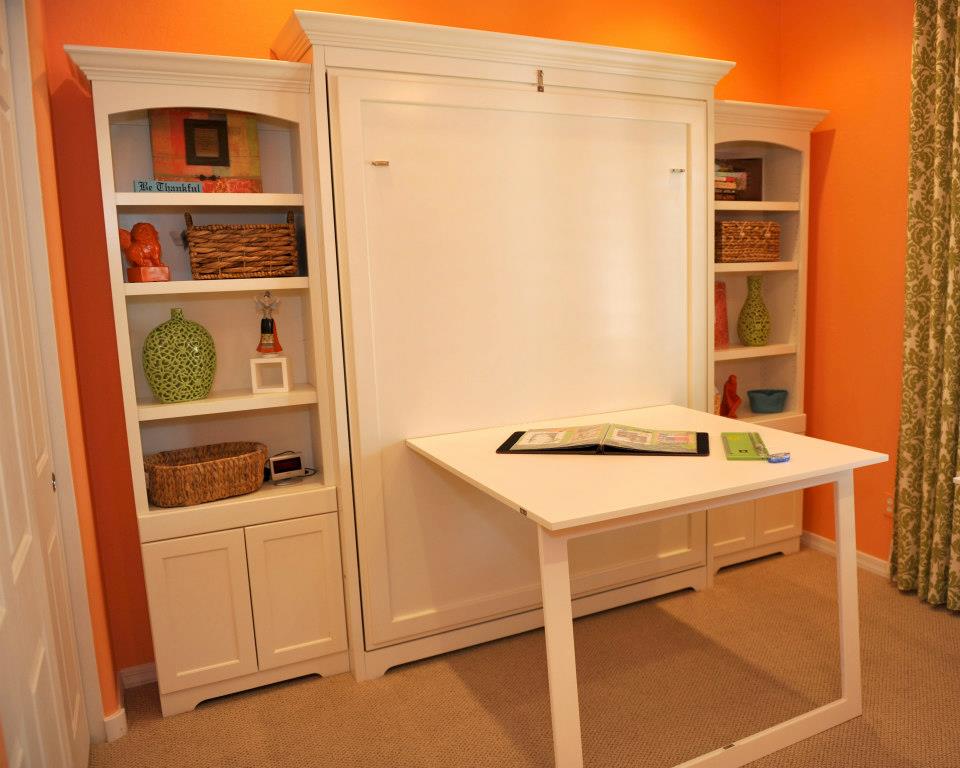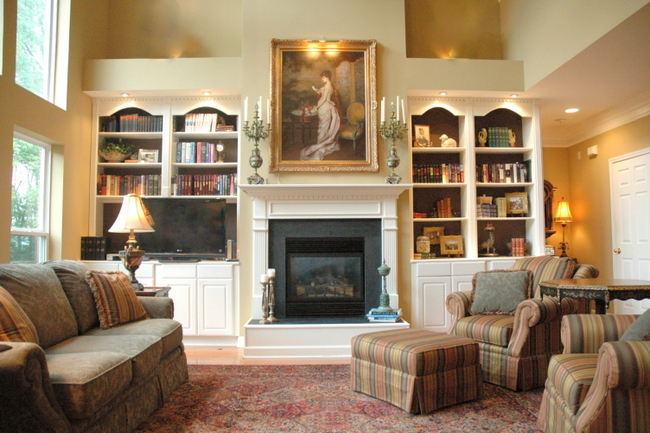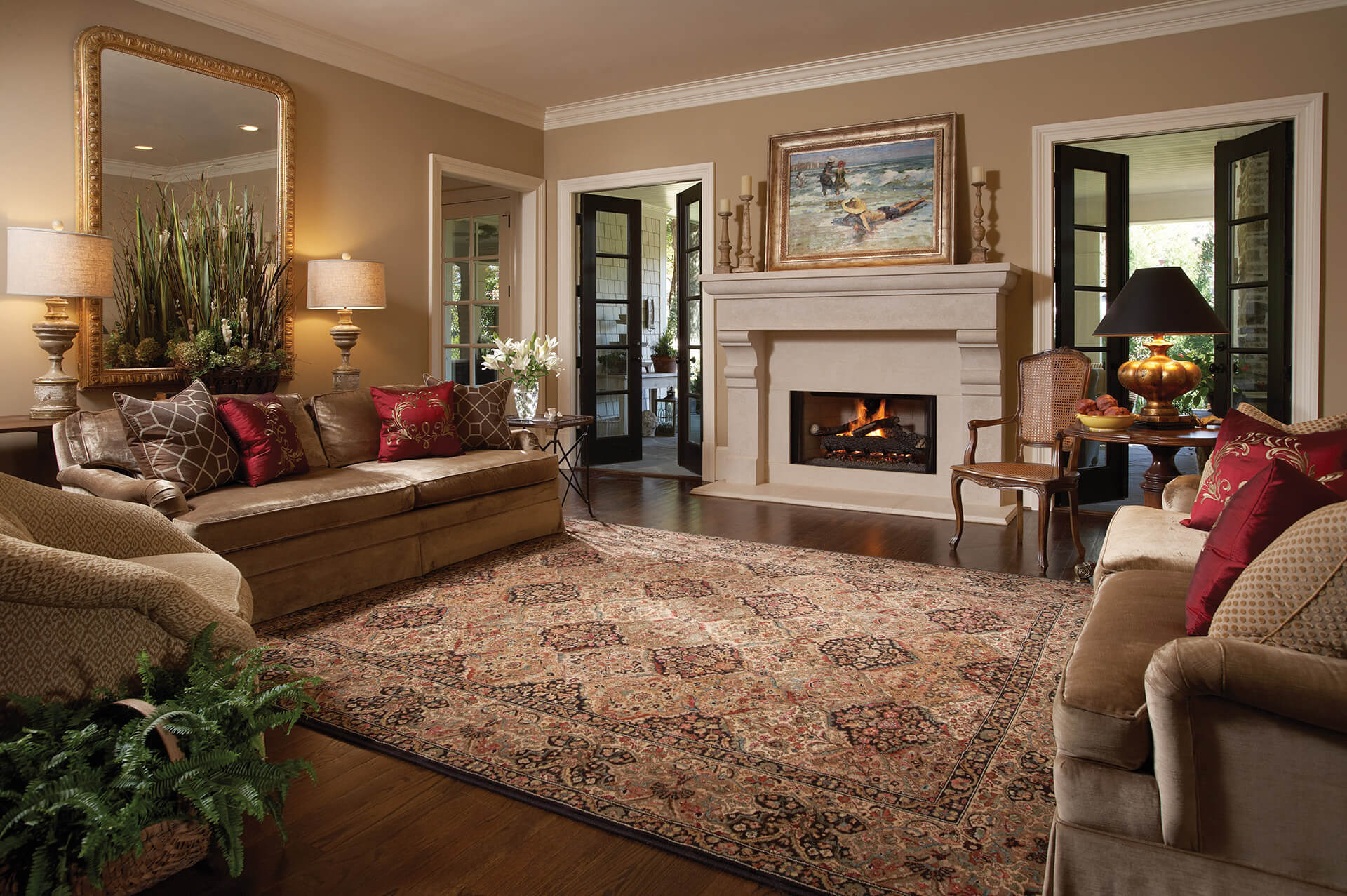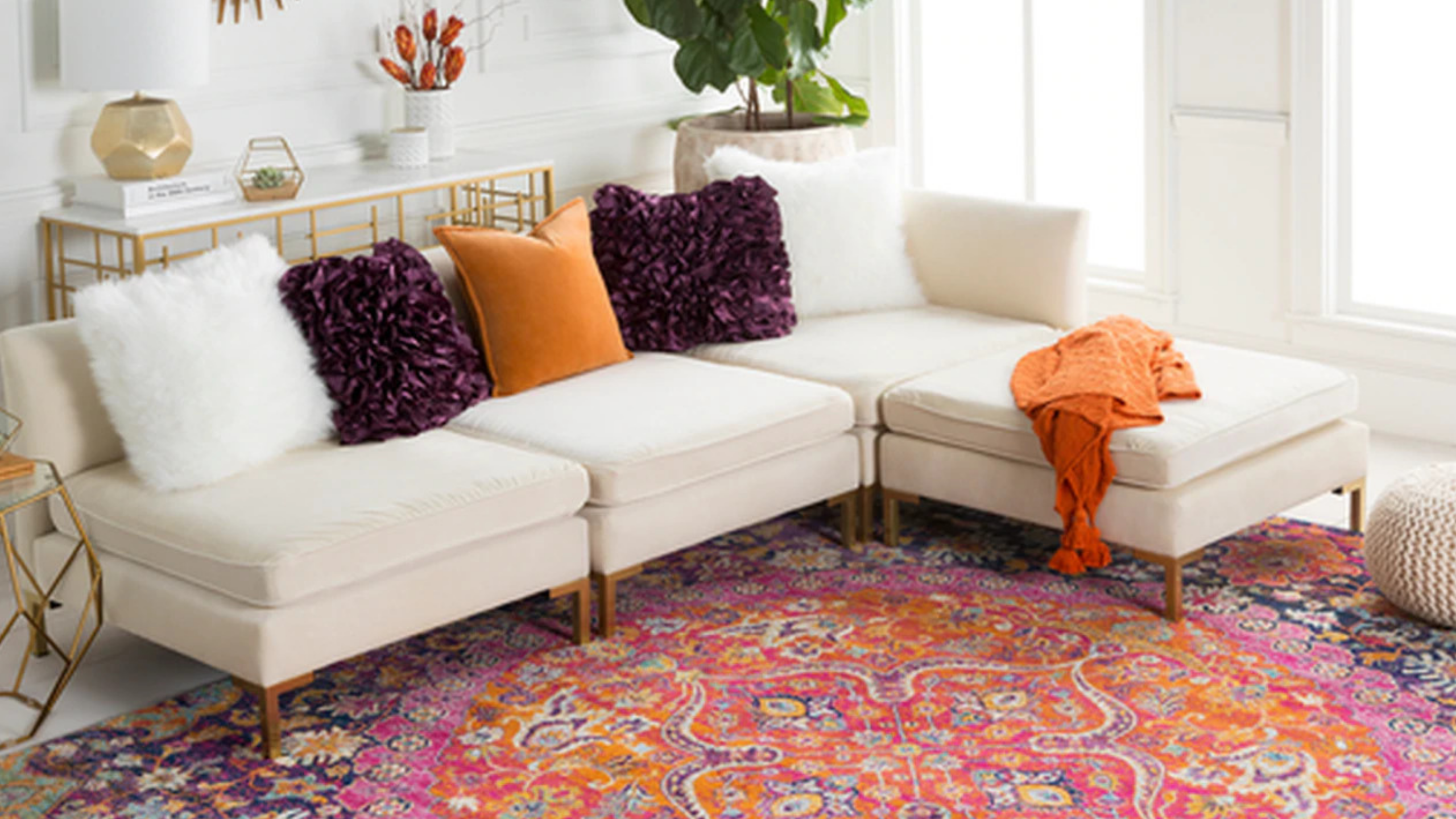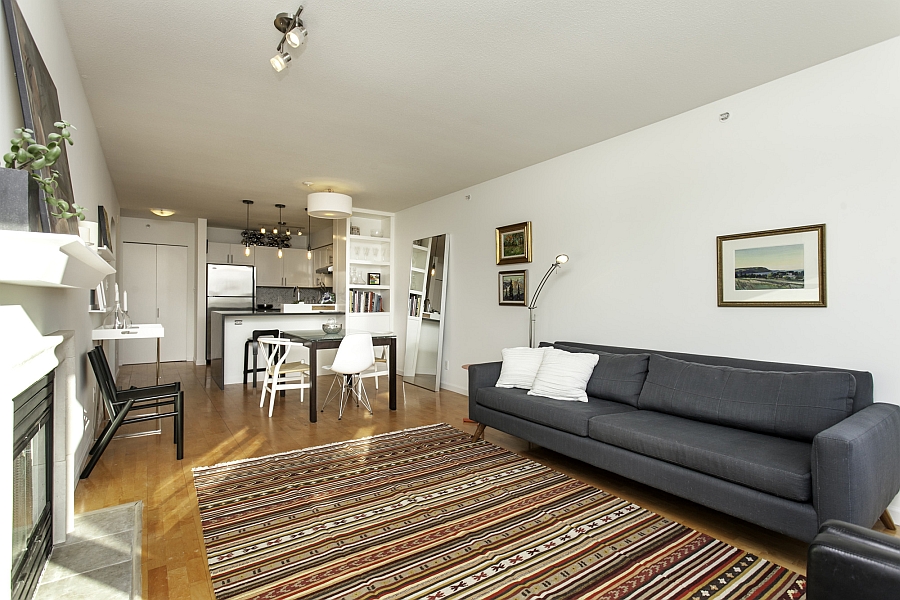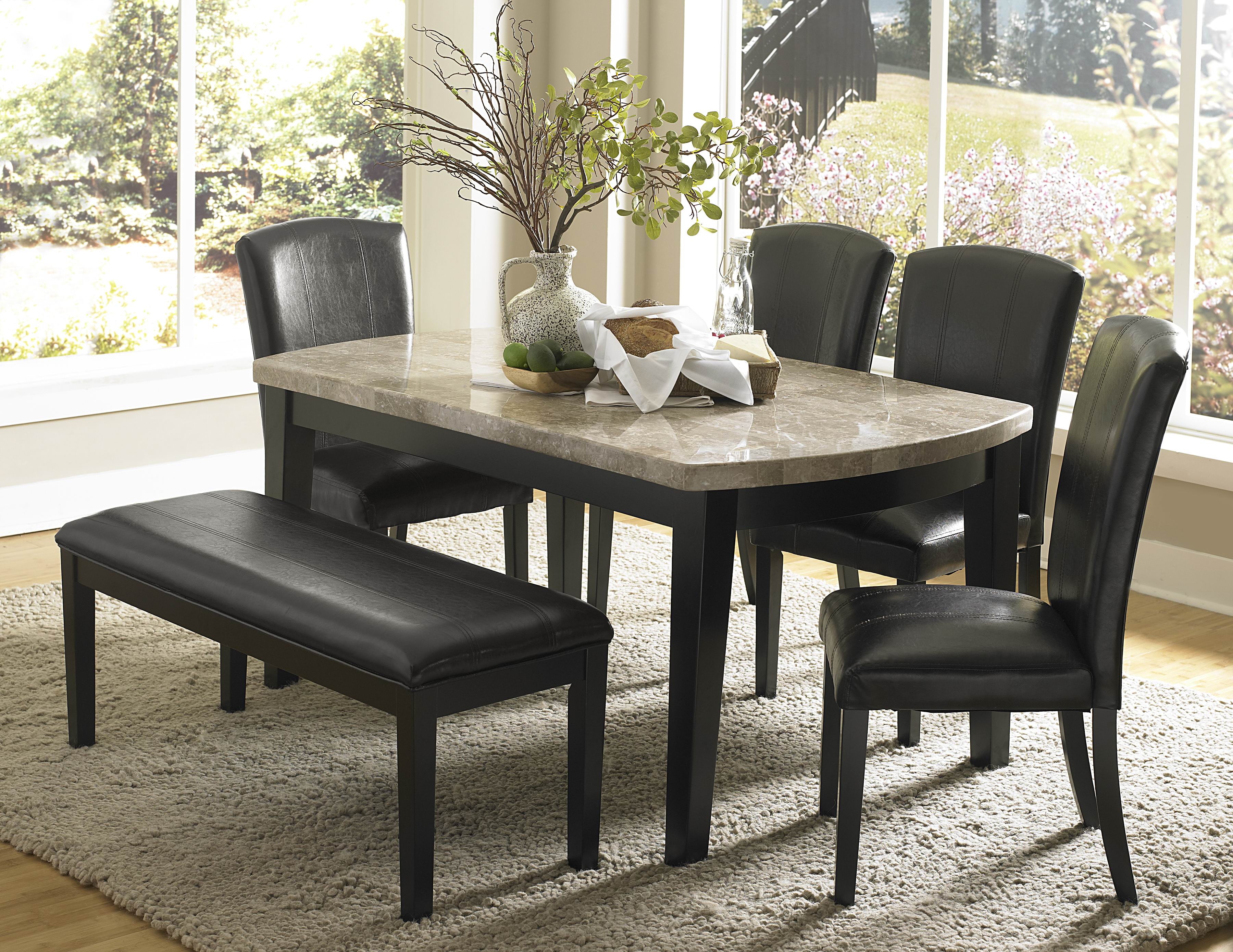When it comes to arranging furniture in a small living room, it's all about maximizing space and creating a functional layout. Start by measuring the room and your furniture to ensure everything will fit comfortably. Consider multi-functional pieces, such as a storage ottoman or a sofa bed, to make the most of limited space. Strategic placement is key in a small living room. Consider floating furniture away from walls to create a sense of depth and make the room feel larger. Use light-colored furniture and mirrors to reflect light and open up the space. When arranging seating, think about creating a conversation area with a small coffee table in the center. Opt for armless or slim chairs to save space and keep the room from feeling cluttered. Finally, declutter and organize regularly to ensure your small living room stays functional and inviting.Arranging Furniture in a Small Living Room
Arranging furniture in a large living room can be a bit more challenging because you don't want the space to feel empty or impersonal. Start by designating zones for different activities, such as a sitting area, entertainment area, and reading nook. Use larger pieces of furniture, like a sectional or a large area rug, to anchor each zone and create a sense of coziness. Layer in smaller pieces, such as accent chairs and side tables, to add interest and functionality to each zone. When arranging furniture in a large living room, it's important to balance the space. Use symmetry and repetition to create a cohesive look, and mix in different textures and materials to add visual interest. Finally, scale is key - make sure your furniture is proportionate to the size of the room.How to Arrange Furniture in a Large Living Room
An open concept living room presents a unique challenge when it comes to furniture placement. Instead of separating the space into distinct zones, you want to create flow and cohesiveness. Start by choosing a focal point, such as a fireplace or a large window, and arrange furniture around it. Use area rugs to define different areas, and coordinate the color scheme and style of furniture throughout the space. Consider modular or movable pieces of furniture, like a rolling bar cart or ottomans, to add flexibility and maximize space in an open concept living room. Don't be afraid to experiment with different furniture arrangements until you find one that works for your space. And remember, less is more in an open concept living room - don't overcrowd the space with too much furniture.Tips for Arranging Furniture in an Open Concept Living Room
Arranging furniture in a joined living room and dining room can be a bit tricky, but with the right techniques, you can create a cohesive and functional space. Start by defining each area - use a rug and lighting to separate the two spaces and make them feel distinct. Use multi-purpose furniture, such as a console table that can double as a buffet or a coffee table with hidden storage, to save space and add functionality. Consider floating furniture away from walls to create a sense of flow between the two spaces. When arranging seating, make sure there is enough space to move around and comfortable seating for both the living and dining areas. Finally, coordinate the color scheme and style of furniture in both areas to create a cohesive look.Maximizing Space: Arranging Furniture in a Joined Living Room and Dining Room
A long narrow living room can be a challenge to furnish, but with the right techniques, you can make it feel cozy and inviting. Start by defining zones, such as a sitting area and a workspace, and arrange furniture accordingly. Use light-colored furniture and mirrors to create a sense of depth and reflect light in a long narrow living room. Consider vertical or floating shelves to make use of wall space and add storage without taking up too much floor space. When arranging seating, consider placing furniture at an angle to create interest and break up the long shape of the room. Finally, avoid clutter and stick to essential pieces to avoid making the room feel cramped.Arranging Furniture in a Long Narrow Living Room
When arranging furniture in a living room, it's important to balance both coziness and functionality. Start by choosing a focal point, such as a fireplace or a large window, and arrange furniture around it. Use comfortable and inviting seating, such as a plush sofa or oversized armchair, to create a cozy atmosphere. Consider layering in different textures and materials, like a soft throw blanket or a patterned rug, to add visual interest and warmth to the space. When arranging furniture, make sure there is enough space to move around and create flow between different areas. Don't be afraid to mix different styles and personalize the space with decorative accents and artwork.Creating a Cozy and Functional Living Room Layout
A square living room can be both challenging and versatile when it comes to furniture arrangement. Start by dividing the space into different zones, such as a sitting area, entertainment area, and reading nook. Use symmetry and repetition to create a cohesive look in a square living room. Consider built-in or modular furniture to save space and add functionality. And don't be afraid to mix different textures and materials to add visual interest. When arranging seating, make sure there is enough space to move around and create flow between different areas. And remember, balance is key in a square living room - make sure each zone feels proportionate to the rest of the space.Arranging Furniture in a Square Living Room
When it comes to arranging furniture in a living room, there are a few dos and don'ts to keep in mind to ensure a functional and inviting space. Do:Dos and Don'ts of Arranging Furniture in a Living Room
Many modern living rooms serve as multi-purpose spaces, doubling as a home office, playroom, or guest room. When arranging furniture in a multi-purpose living room, it's all about flexibility and functionality. Designate zones for different activities, and use modular or movable furniture to easily transform the space. Consider foldable or stackable furniture to save space and make the room more versatile. When arranging furniture, make sure there is enough space to move around and create flow between different areas. And don't be afraid to get creative - think outside the box to make the most of your multi-purpose living room.Arranging Furniture in a Multi-Purpose Living Room
A rug can be a powerful tool when it comes to defining a seating area in a living room. Start by choosing the right size rug for your space - it should be large enough to fit all of the furniture in the seating area, with a few inches of space around the edges. Use the rug to anchor the seating area and add coziness and texture to the space. Consider a bold pattern or color to add visual interest and tie the room together. When arranging furniture, make sure the front legs of all seating pieces are on the rug to create a sense of cohesion. And don't be afraid to layer a smaller rug on top of a larger one for added interest and texture.Using a Rug to Define a Seating Area in a Living Room
Maximizing Space: How to Arrange Furniture in a Joined Living Room

The Importance of Proper Furniture Arrangement
 When designing a house, one of the most important aspects to consider is furniture arrangement. A well-arranged living room not only looks aesthetically pleasing but also creates a functional and comfortable space for you and your family. This is especially true for joined living rooms, where two separate areas are combined into one larger space. With the right approach, you can make the most out of your joined living room and create a seamless flow between both areas. In this article, we will discuss the key steps to
arrange furniture in a joined living room
and create a harmonious and inviting space.
When designing a house, one of the most important aspects to consider is furniture arrangement. A well-arranged living room not only looks aesthetically pleasing but also creates a functional and comfortable space for you and your family. This is especially true for joined living rooms, where two separate areas are combined into one larger space. With the right approach, you can make the most out of your joined living room and create a seamless flow between both areas. In this article, we will discuss the key steps to
arrange furniture in a joined living room
and create a harmonious and inviting space.
Start with a Plan
 Before you start moving furniture around, it is important to have a plan in place. Take measurements of the room and draw a rough sketch of the layout. This will help you visualize how the furniture will fit into the space and prevent any unnecessary heavy lifting. Consider the function of each area and how you want the room to flow. Do you want a clear divide between the two spaces or a more open concept? Keep these factors in mind as you plan out your furniture arrangement.
Before you start moving furniture around, it is important to have a plan in place. Take measurements of the room and draw a rough sketch of the layout. This will help you visualize how the furniture will fit into the space and prevent any unnecessary heavy lifting. Consider the function of each area and how you want the room to flow. Do you want a clear divide between the two spaces or a more open concept? Keep these factors in mind as you plan out your furniture arrangement.
Define the Zones
 In a joined living room, it is important to clearly define the two separate zones. This can be done through the use of rugs, lighting, and furniture placement. Use a large area rug to anchor one area, such as the living room, and a smaller rug for the other space, such as a dining area. This will create a visual separation between the two zones. Additionally, using different types of lighting for each area can also help differentiate them. For example, a floor lamp can be used for the living room while a pendant light can be used for the dining area.
In a joined living room, it is important to clearly define the two separate zones. This can be done through the use of rugs, lighting, and furniture placement. Use a large area rug to anchor one area, such as the living room, and a smaller rug for the other space, such as a dining area. This will create a visual separation between the two zones. Additionally, using different types of lighting for each area can also help differentiate them. For example, a floor lamp can be used for the living room while a pendant light can be used for the dining area.
Consider Traffic Flow
 When arranging furniture in a joined living room, it is crucial to consider traffic flow. You want to ensure that there is enough space for people to move freely between the two areas without feeling cramped. Avoid placing large furniture pieces in the middle of the room that could impede the flow. Instead, opt for smaller and more versatile pieces that can be easily moved if needed.
When arranging furniture in a joined living room, it is crucial to consider traffic flow. You want to ensure that there is enough space for people to move freely between the two areas without feeling cramped. Avoid placing large furniture pieces in the middle of the room that could impede the flow. Instead, opt for smaller and more versatile pieces that can be easily moved if needed.
Choose Multi-functional Furniture
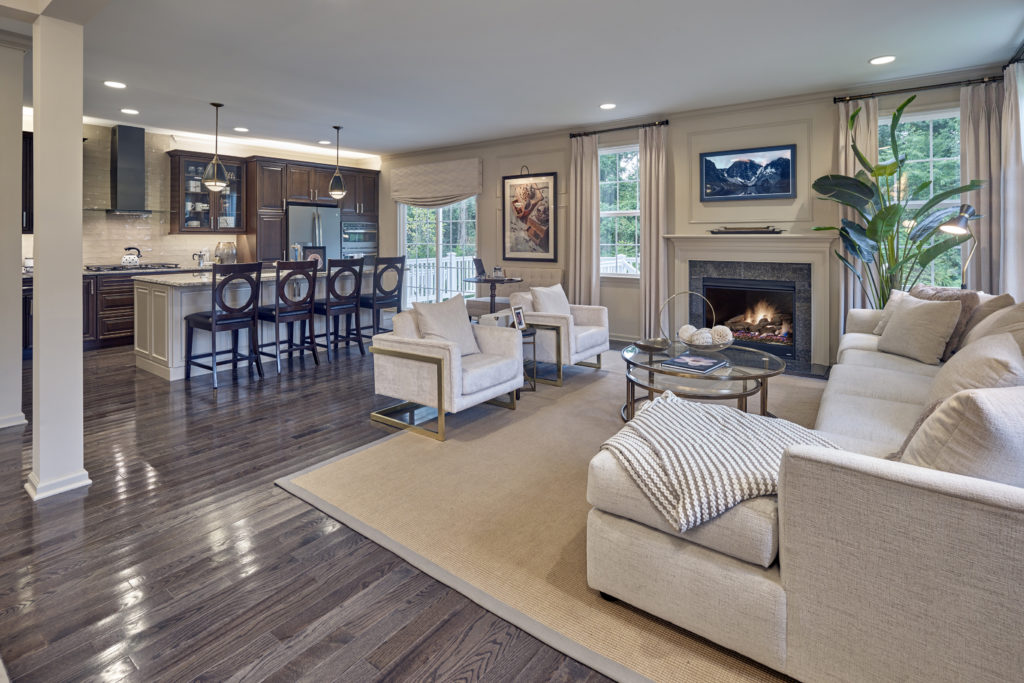 In a joined living room, space is often limited, so it is important to make the most out of every piece of furniture. Consider choosing multi-functional furniture, such as a coffee table with hidden storage or a sofa bed for extra seating and sleeping space. This will not only save space but also add functionality to the room.
In a joined living room, space is often limited, so it is important to make the most out of every piece of furniture. Consider choosing multi-functional furniture, such as a coffee table with hidden storage or a sofa bed for extra seating and sleeping space. This will not only save space but also add functionality to the room.
Final Thoughts
/arrange-furniture-awkward-living-room-5194365-hero-6738bbe71fea4187861db7ad9afbad44.jpg) Proper furniture arrangement in a joined living room can transform the space into a cohesive and inviting area. With careful planning and consideration of traffic flow and multi-functional furniture, you can create a harmonious and functional living space that meets the needs of your household. So don't be afraid to get creative and experiment with different layouts until you find the perfect arrangement for your joined living room.
Proper furniture arrangement in a joined living room can transform the space into a cohesive and inviting area. With careful planning and consideration of traffic flow and multi-functional furniture, you can create a harmonious and functional living space that meets the needs of your household. So don't be afraid to get creative and experiment with different layouts until you find the perfect arrangement for your joined living room.




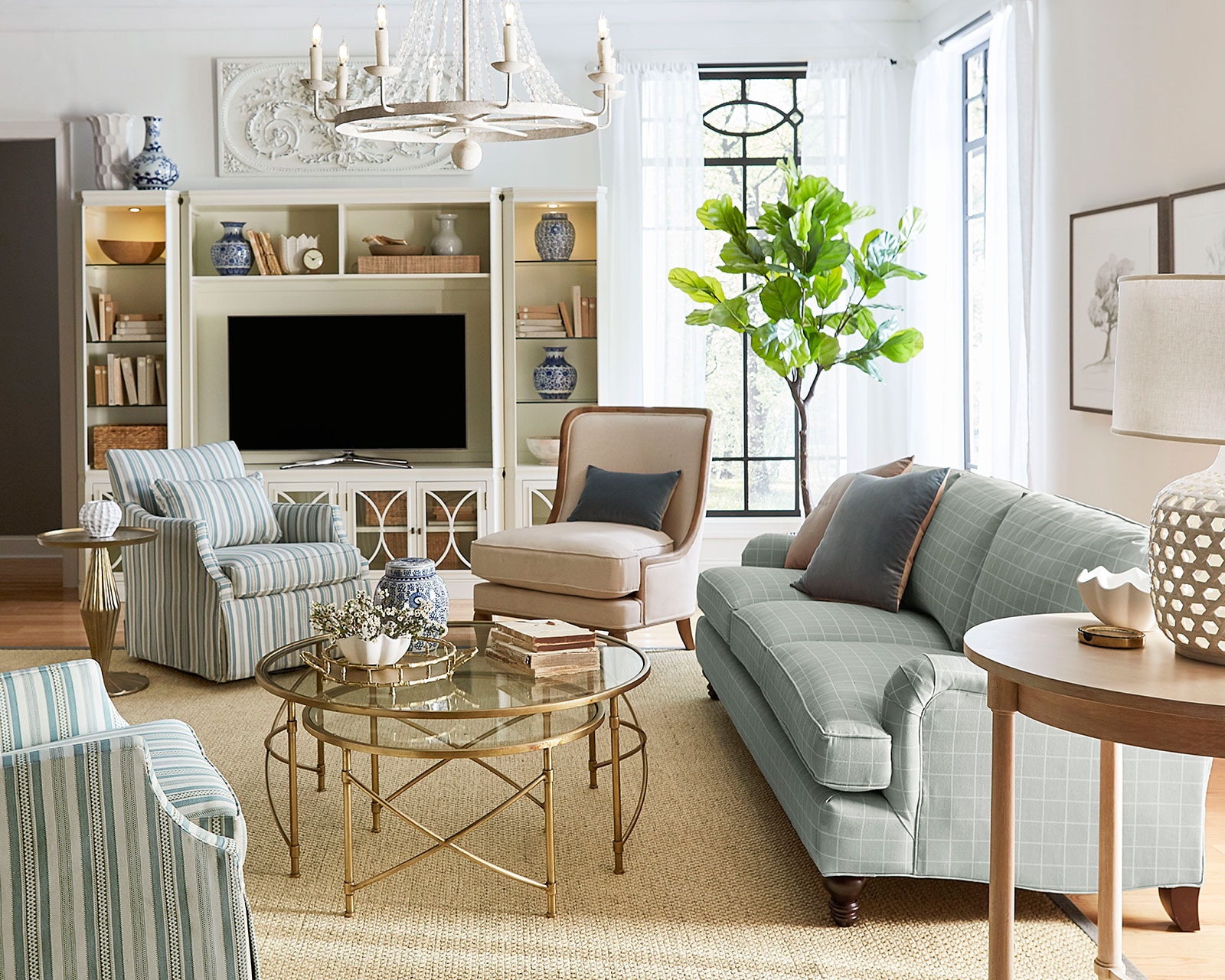
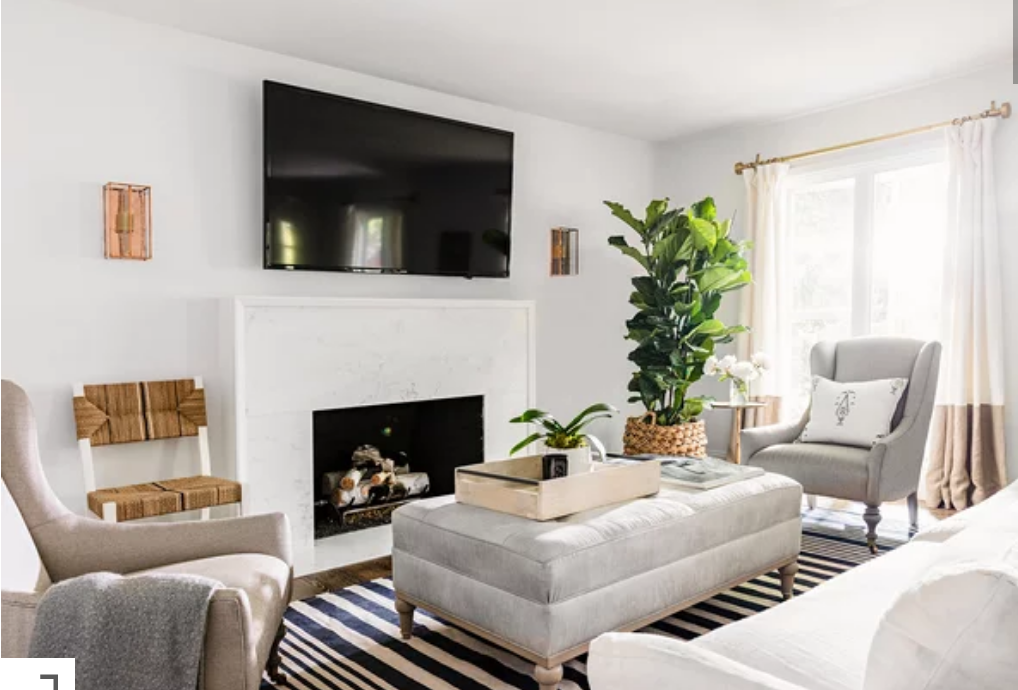
















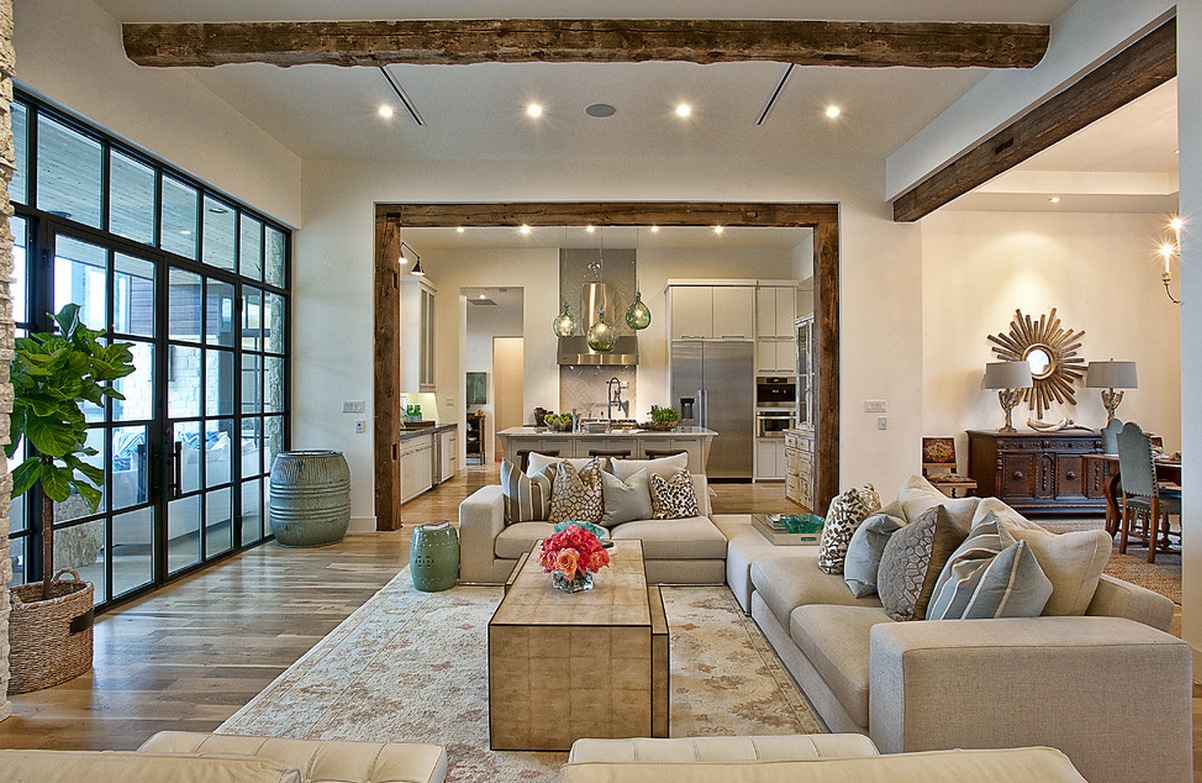



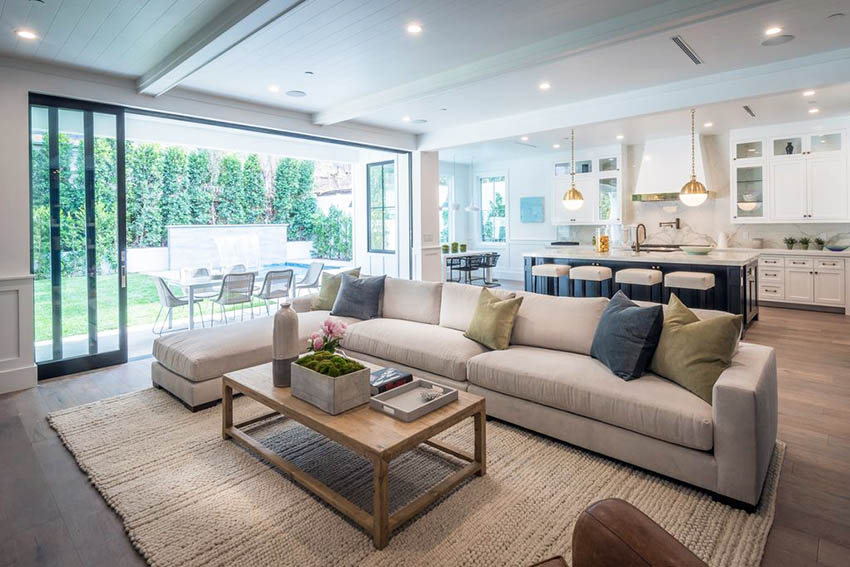

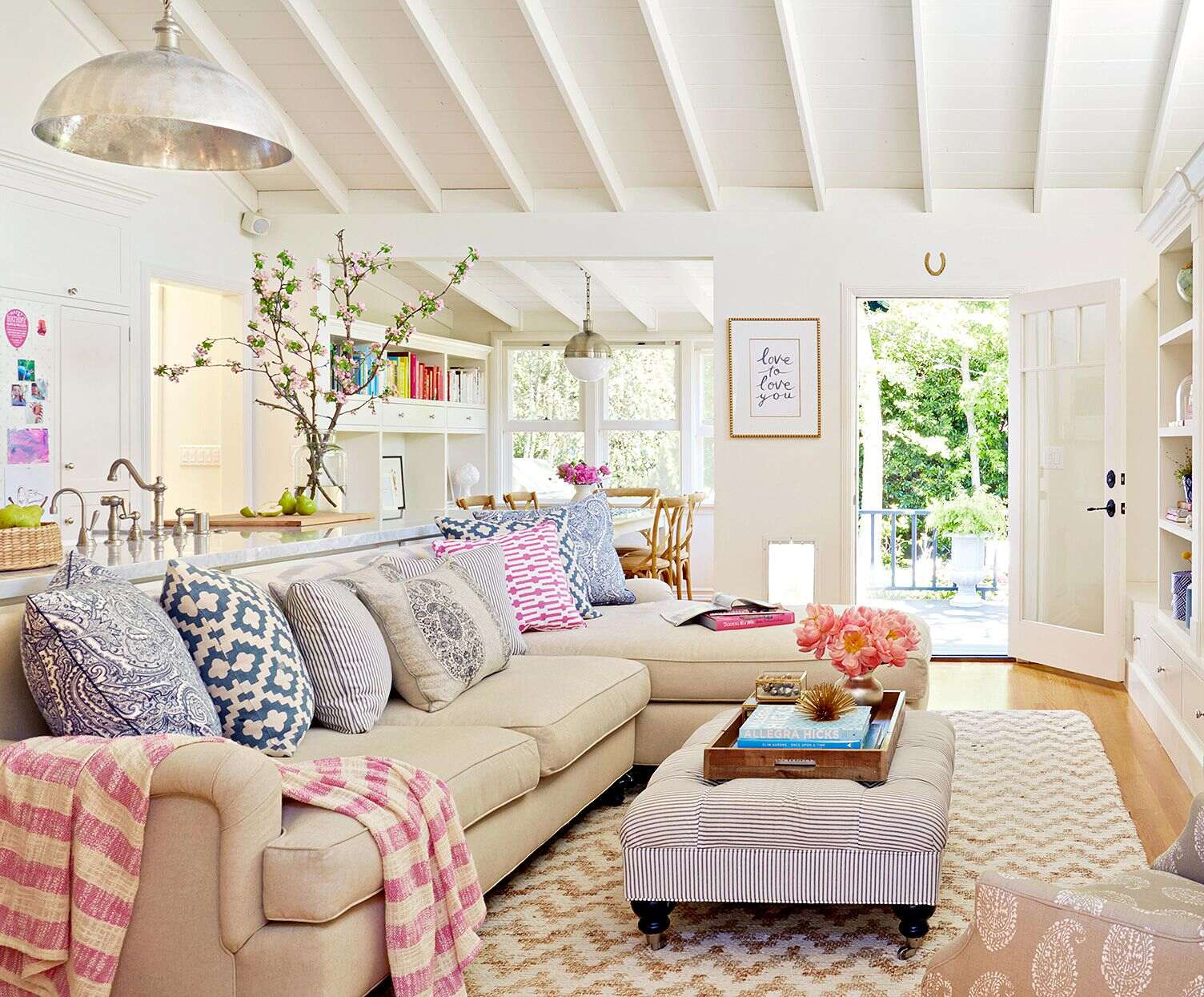


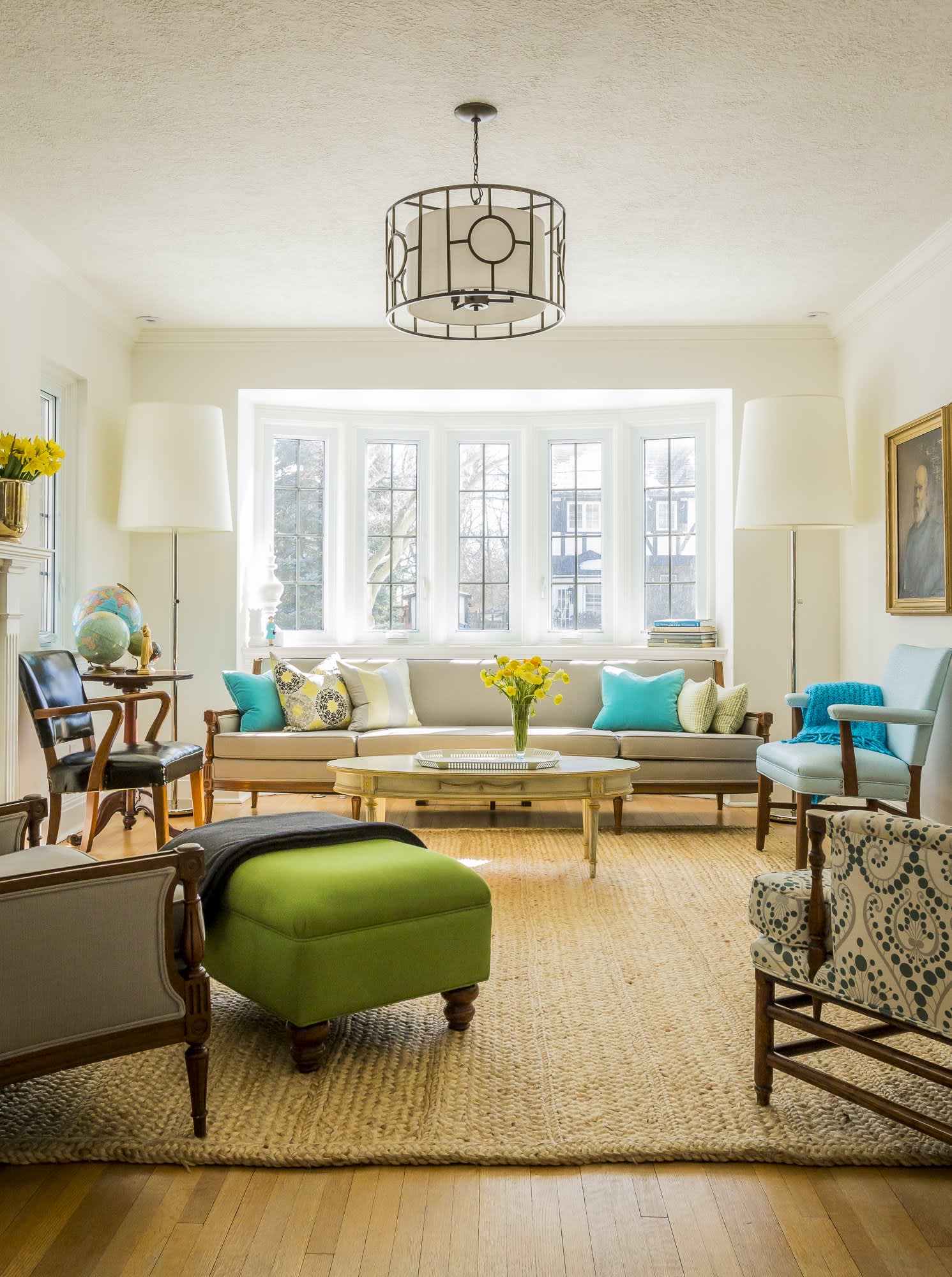
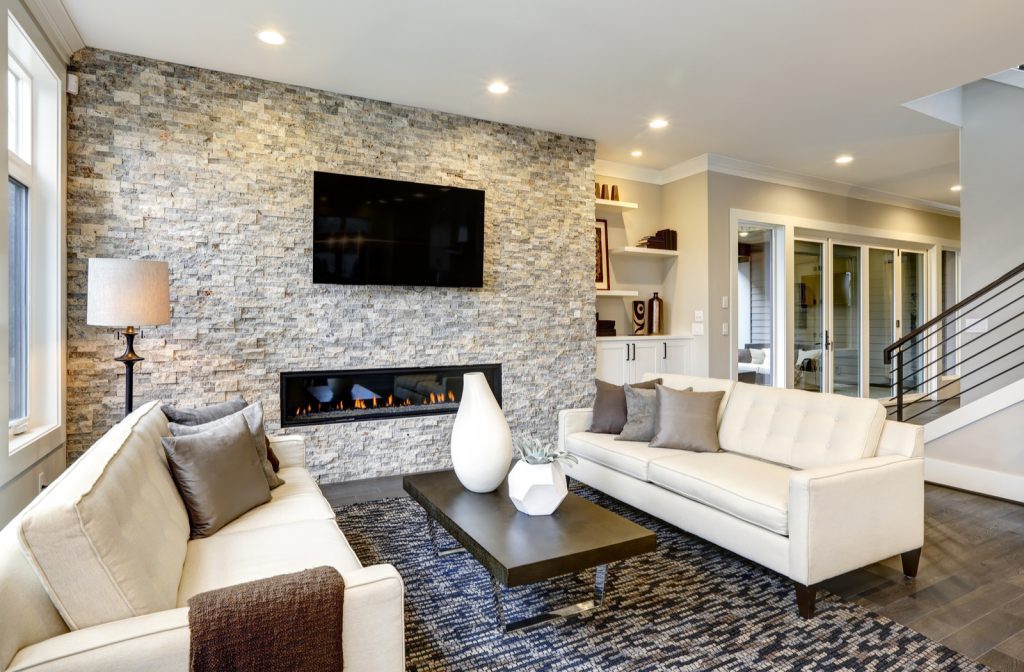
:focal(950x608:952x610)/neutral-living-room-white-fireplace-594af4cd-dfb9df1c2680468ab84c14d87b0b9eb9.jpg)


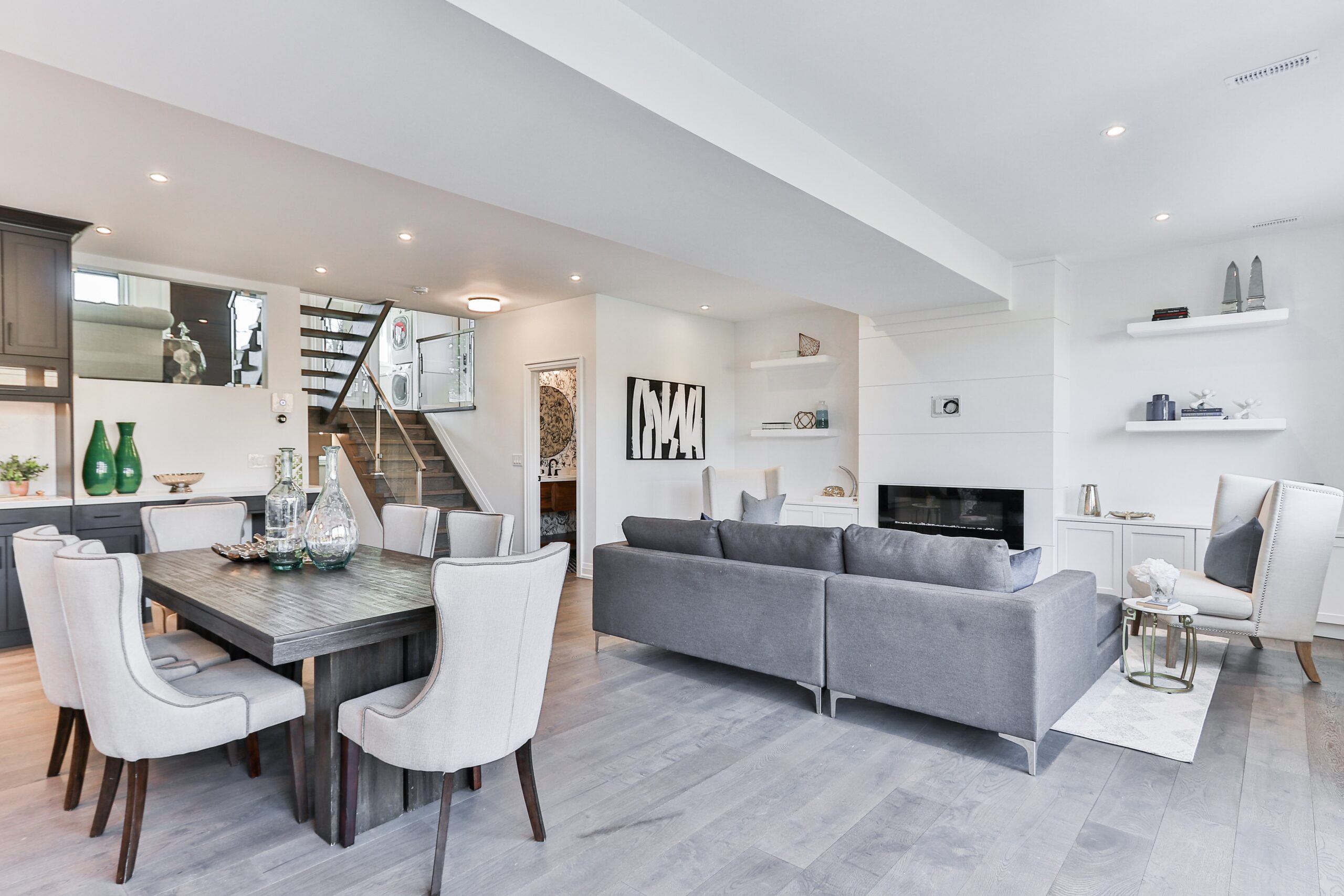
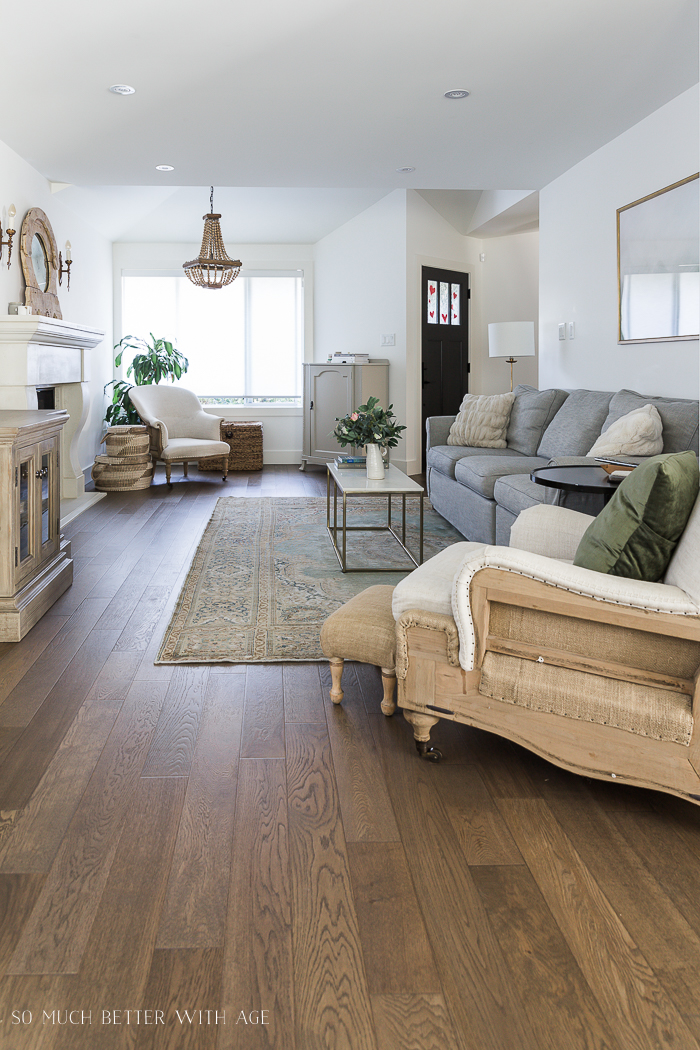


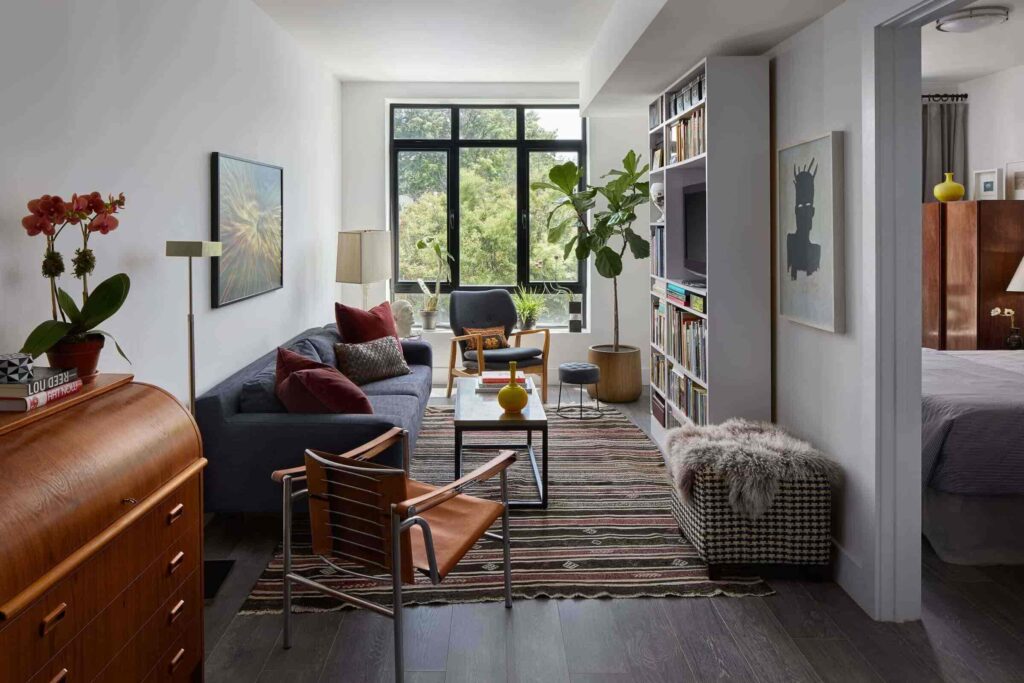
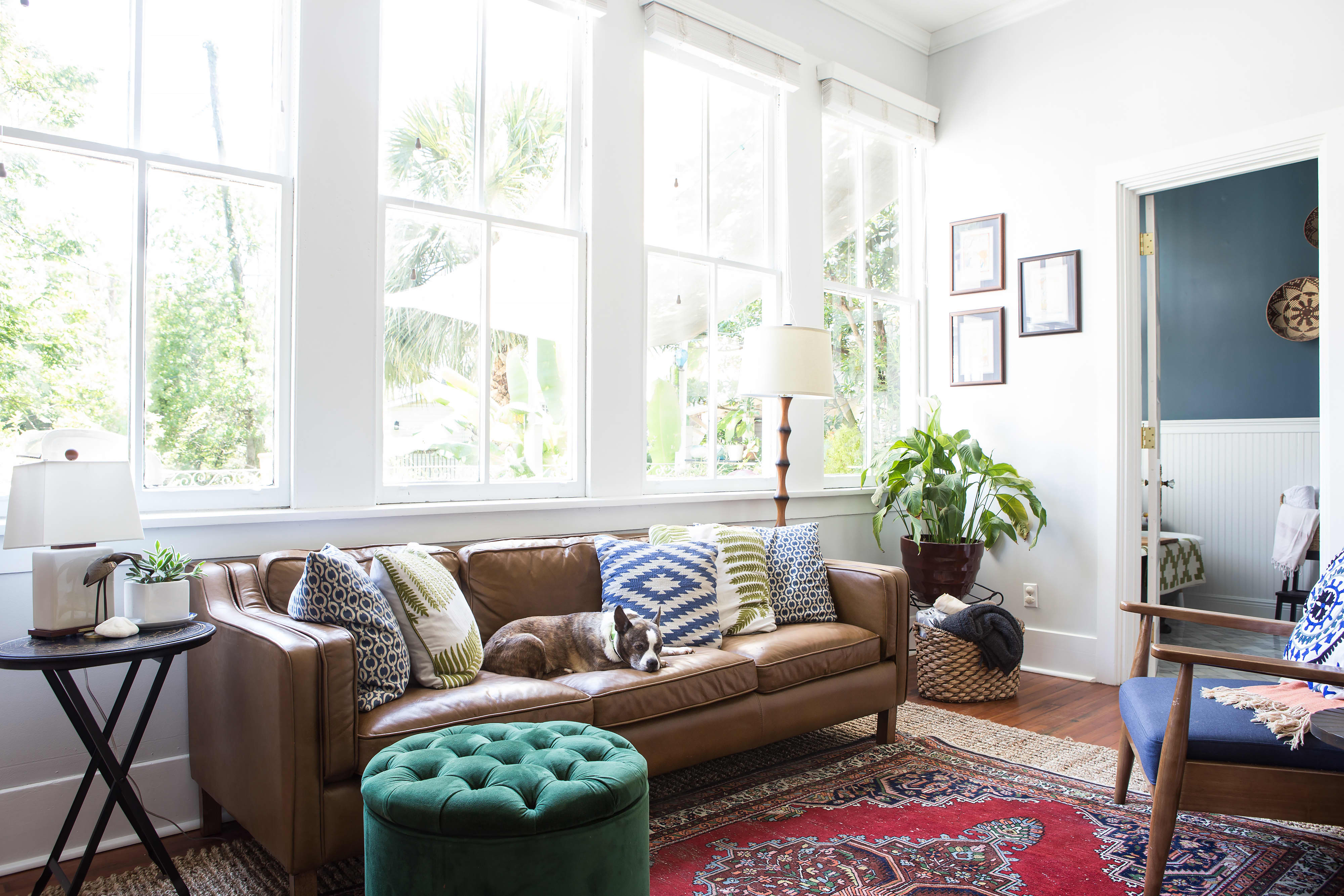






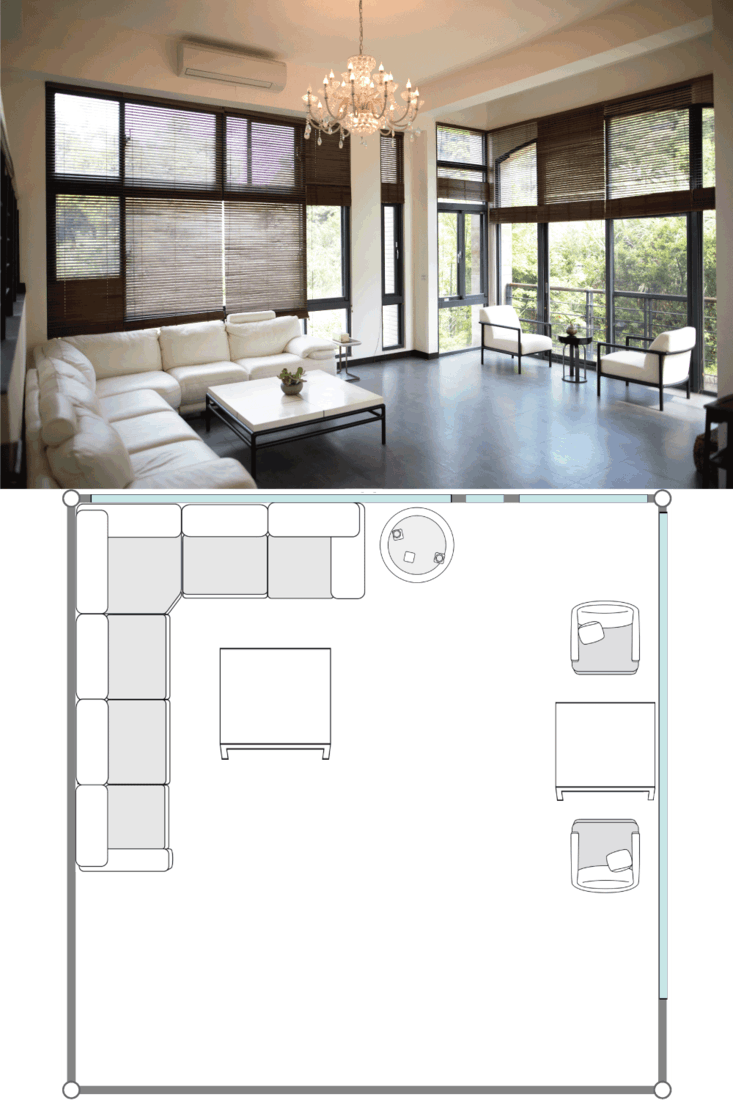
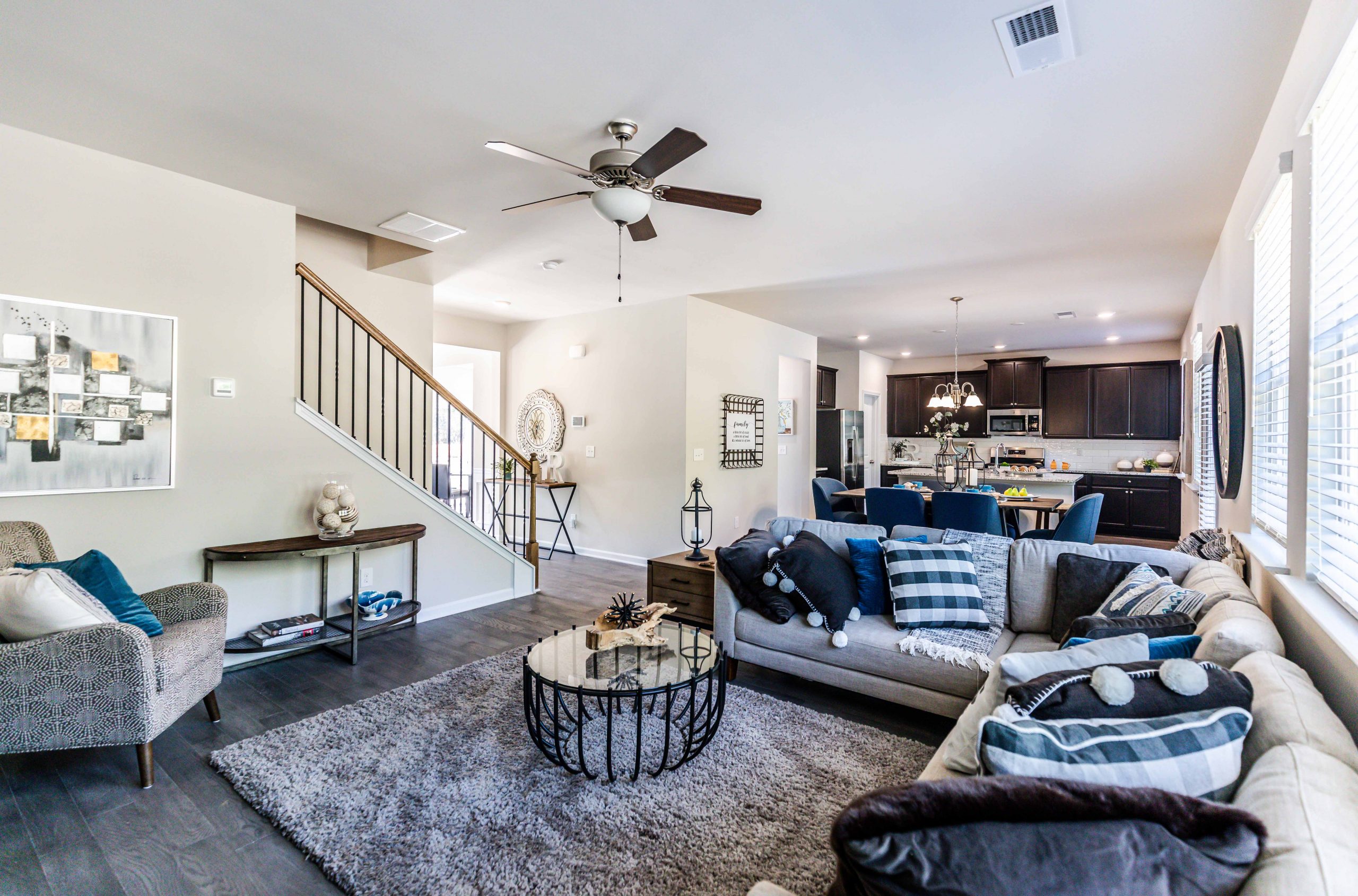


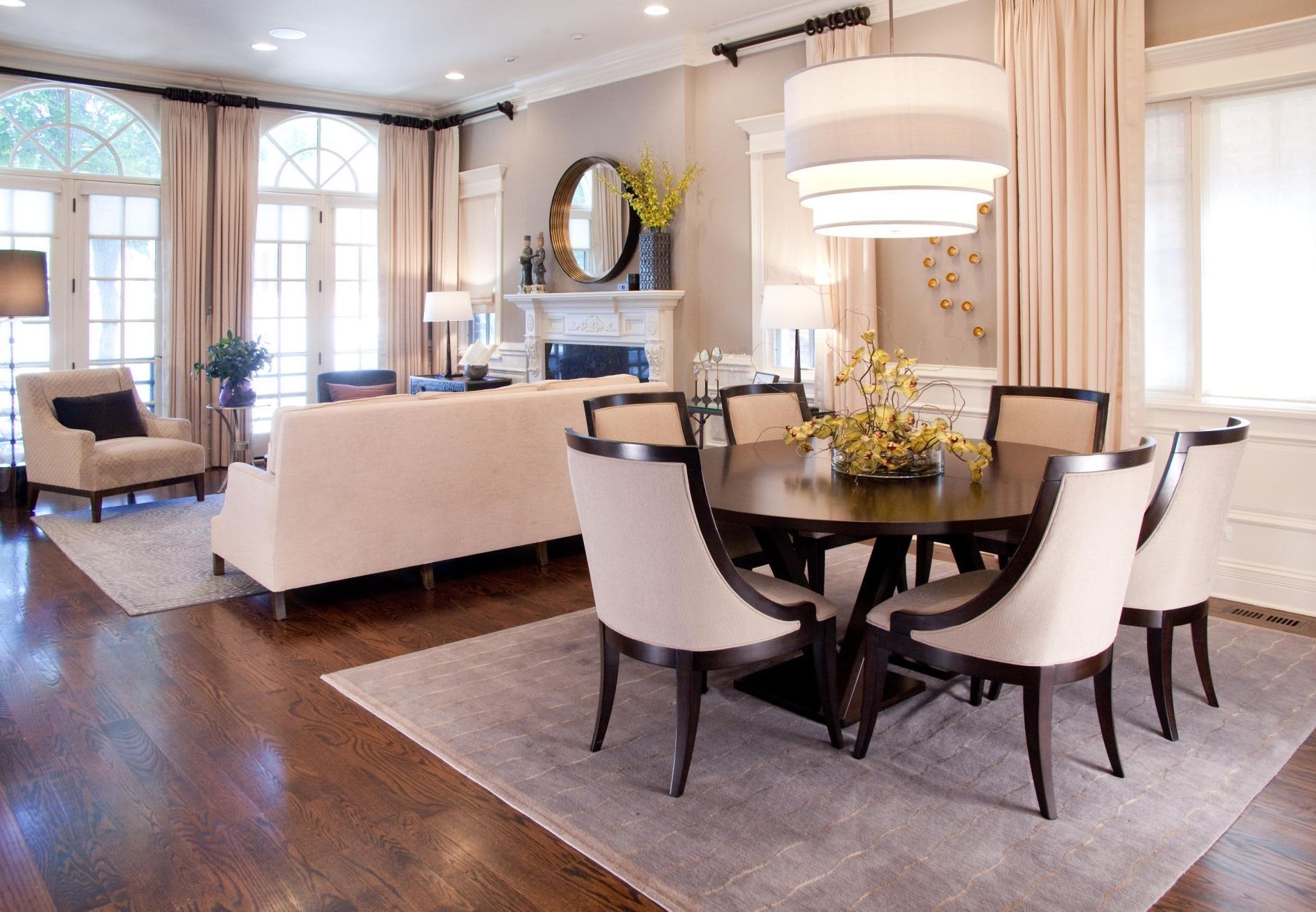
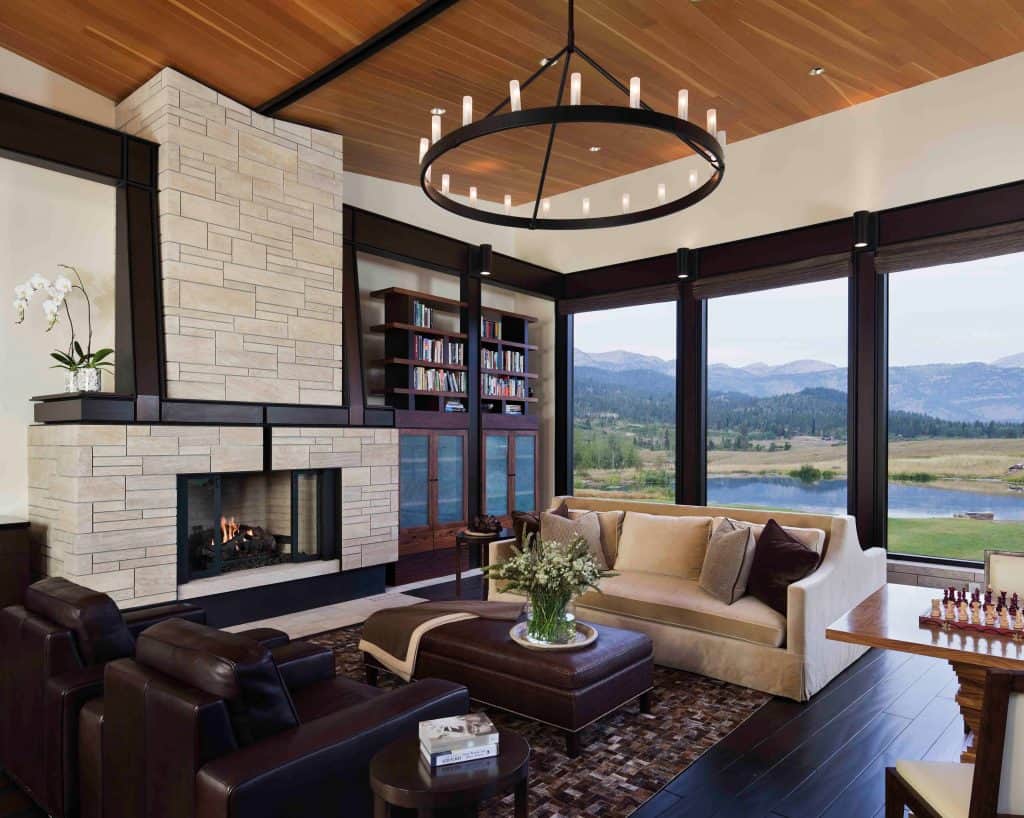
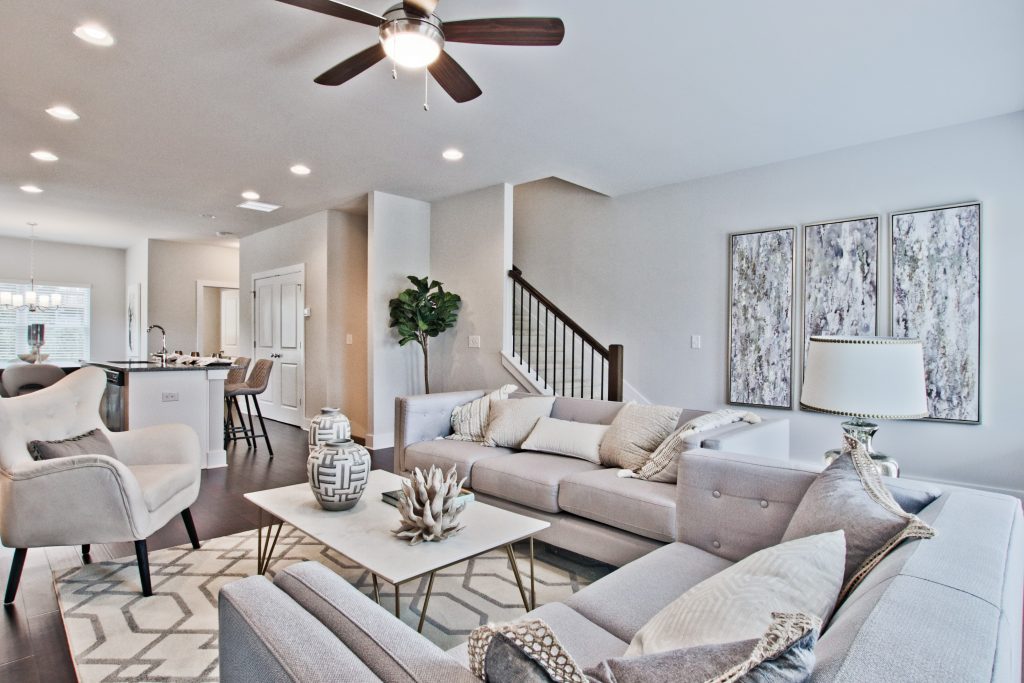
:max_bytes(150000):strip_icc()/orestudios_lonemadrone_05-0294eeaf854c4d8ebf34d13990996973.jpg)






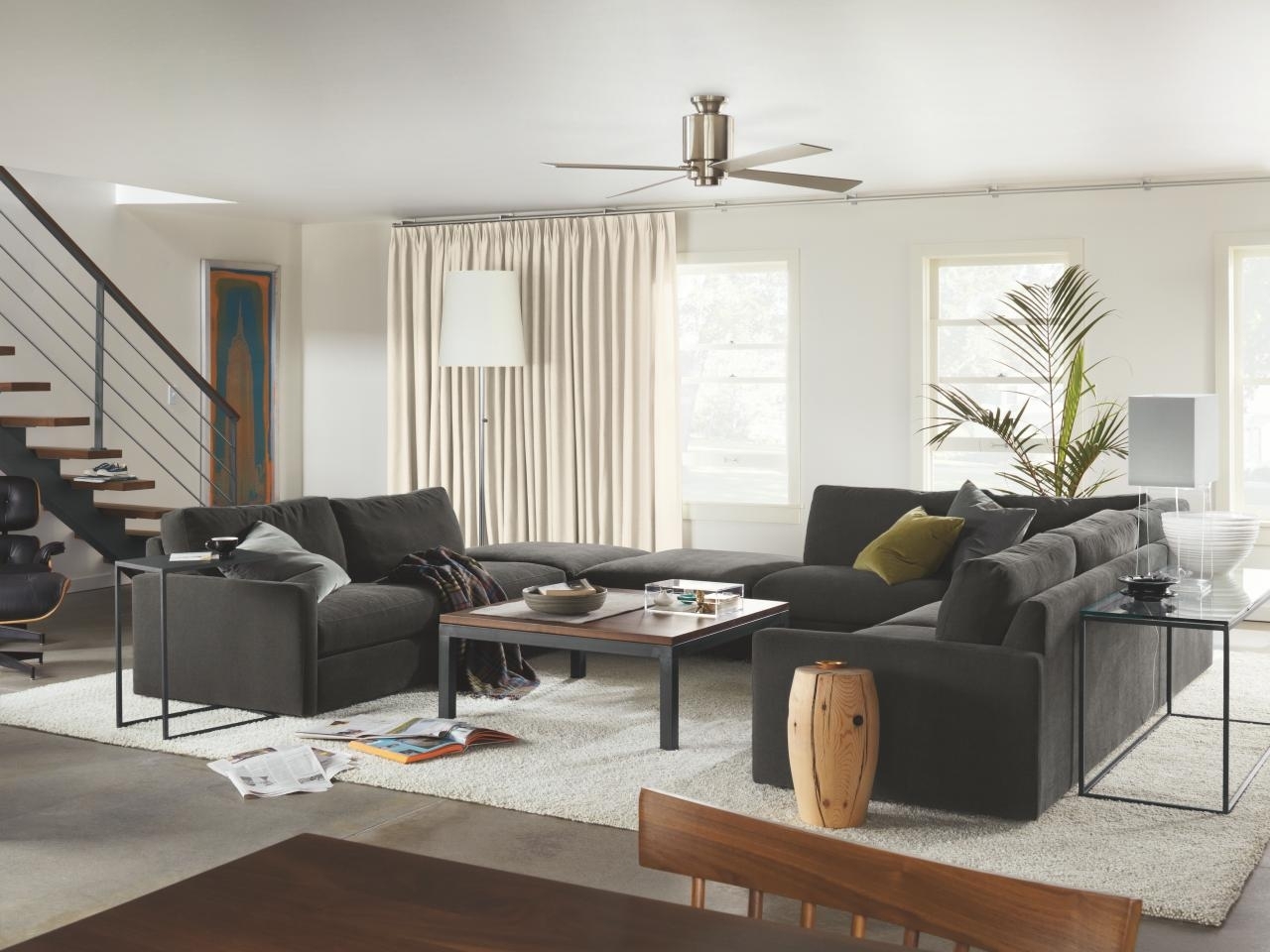








:max_bytes(150000):strip_icc()/rules-for-arranging-furniture-2213418-01-0ce5fc6a876342d693cef4e11367d098.jpg)


